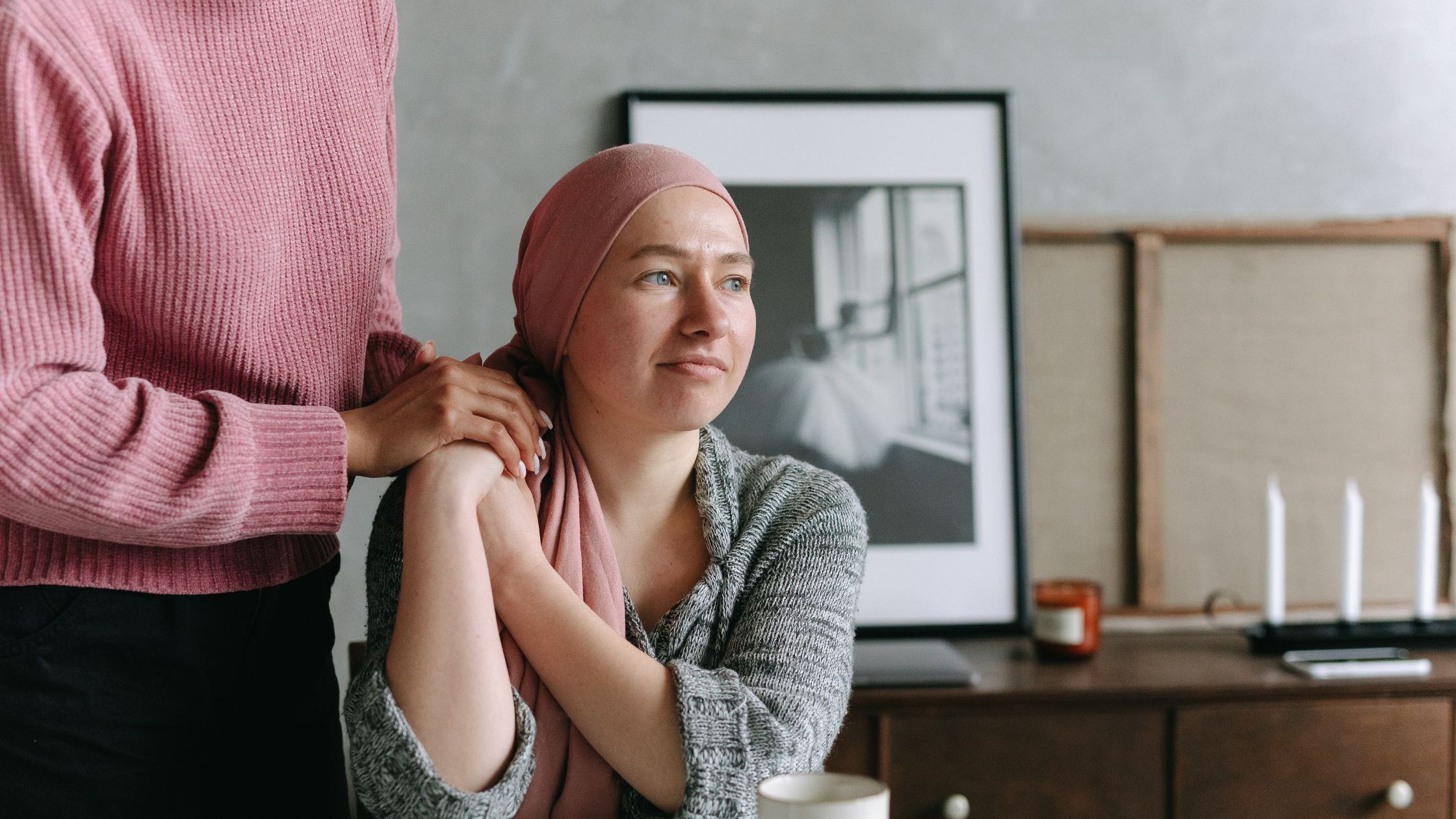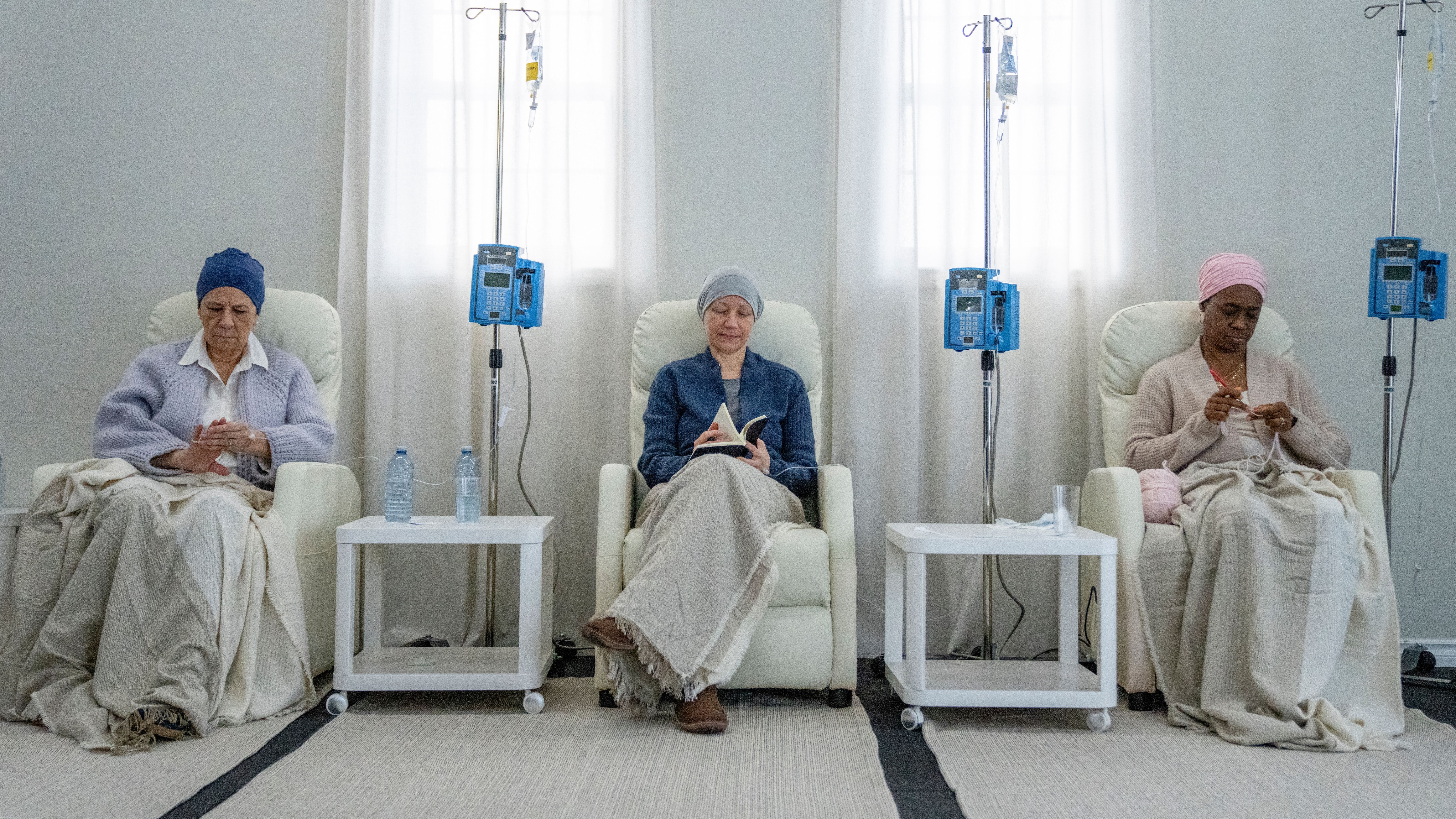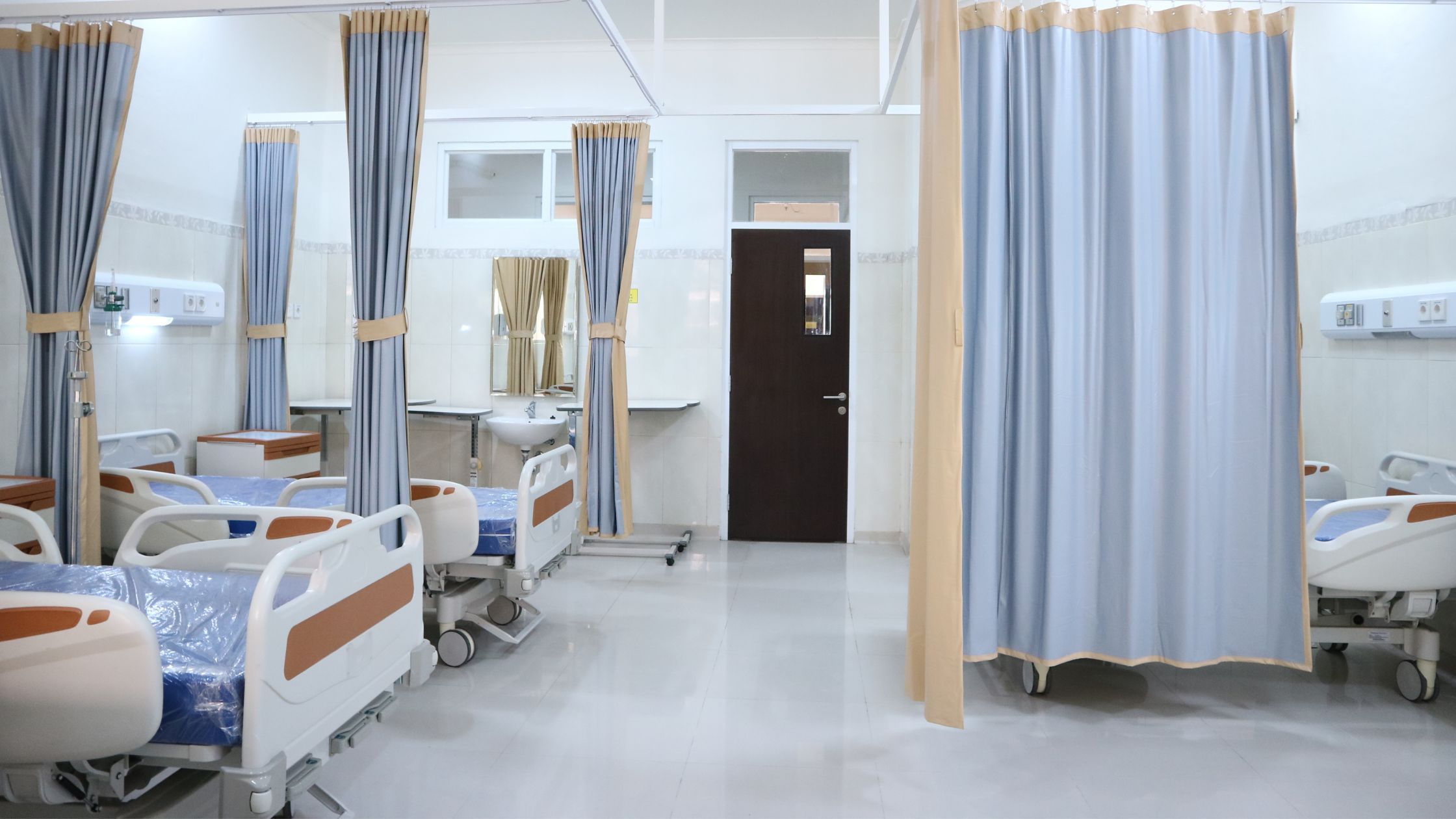An introduction
Medical Misdiagnosis is just one type of clinical negligence. This article focuses on the misdiagnosis of cancer and is intended to provide basic information on this topic.
Cancer is frightening. It is a devastating disease that kills thousands each year. Whilst we do not know of a cure, it has been medically shown that, early detection and treatment, enhances the potential of extending life or living a normal life, without reoccurrence of the illness. Since early detection and treatment are crucial for the best possible outcome, any delay can be devastating. It is your healthcare professionals' duty to interpret symptoms correctly. If a healthcare professional breaches this duty and that breach causes an otherwise preventable outcome, it may be possible to claim for damages. Misdiagnosis is the leading cause of medical malpractice claims, according to a recent study. It may also be the cause of or a significant element in, more than 40,000 deaths in hospitals nationwide every year.
Types of negligent misdiagnosis
Diagnostic errors can take place at essentially any point of a patient's treatment. There are also, essentially, two types of misdiagnosis. First, cancer is diagnosed when in fact a person is not suffering from the disease at all. This can cause increased anxiety and depression. The second, unfortunately more common type of misdiagnosis is where a person is suffering from cancer but that person is given a negative result following tests, or the medical professionals providing the treatment fail to make a diagnosis at all. In this event, omitting to diagnose can result in the cancer growing untreated. Most cases of misdiagnosis do not cause instant harm, however, it could lead to a patient undergoing unnecessary procedures or incorrect medication. Additionally, it may mean that the correct diagnosis is not made until it is too late.
What needs to be proven to make a claim
A recent House of Lords case, Gregg v Scott, has outlined what needs to be shown to make a successful claim, namely that the negligent diagnosis caused an unfavourable outcome. This therefore presents two hurdles: 1. it must be shown that a negligent misdiagnosis was made 2. that this negligent misdiagnosis caused an undesired outcome.
Breach of duty
Looking at the first hurdle, it is often difficult to determine whether a medical professional has been negligent in their misdiagnosis. Often, symptoms of cancer are vague. For instance, considering lung cancer, a person may experience a cough, breathlessness, a loss of appetite, plainly symptoms which can be initially explained by another illness. Additionally, due to the very nature of medicine, there is room for differences in opinion. Therefore, at its simplest, it needs to be shown that the standard of treatment received by the medical professional(s) fell below what a reasonable patient should expect to receive. Thus, a breach of duty must be shown. If a medical practitioner made a misdiagnosis but it is held that another health care practitioner, in the same area of medicine and at the same time, would have also made the misdiagnosis, a claim would not be successful. No legal expert should attempt to adopt the role of a medical professional and so we present potential claims to top medical experts for comments as to whether a breach of duty has occurred.
Causation
Once a breach of duty has been established, causation must be shown. If the same outcome would have been reached, regardless of the negligent misdiagnosis, then a claim would not be successful. For example, if a lady presented a lump on her breast to her GP who failed to adequately examine the same, and it was only months later, after several medical appointments, that the lump was investigated and diagnosed as terminal cancer, the claim will only be successful if it can be shown that the cancer would not have been terminal if caught by the GP previously. Similarly, an increase in the chance of an unfavourable outcome is not enough to constitute a successful claim.
Below are examples of the most common cancer misdiagnosis claims we see:
- Delay or complete failure to refer a patient to a specialist.
- Failure to arrange further testing when symptoms of cancer were presented.
- Failure to schedule a biopsy or further investigation, after abnormalities were discovered.
- Failure to act appropriately upon biopsy results.
- Failure to organise appropriate treatments.
Of course, these are not the only ways in which cancer misdiagnosis can occur. If you or anyone you know suspect that you may be a victim of cancer misdiagnosis, then please do get in touch and our legal experts will be more than happy to assist.
Informed consent in medical/clinical negligence
When you are booked into hospital for a major surgical procedure, most of us just want to get it over and done with as soon as possible so we can get on with life. Patients do briefly consider the possible risks and side effects but we are guided by the advice of medical professionals, and so trust that we are informed of such risks.
What is informed consent?
The main purpose of signing the form is to give consent to invasive actions, which would otherwise be an assault. For the consent to be valid, the patient must know what exactly it is that they are consenting to. A series of legal decisions on this point mean that a doctor has to tell the patient enough about the risks and benefits of the proposed operation for the patient to make an informed decision about whether to have it. A doctor does not have to tell a patient about every single risk, however small or unusual, but the patient must be told about frequent risks, and about rarer risks if they are serious when they occur. Giving consent in the knowledge of the risks being run, is called informed consent.
Informed consent and clinical negligence claims
Informed consent has always been a difficult topic in Clinical Negligence Law. The reason is that, for such a claim to be successful, the Claimant must show firstly a breach of duty. In this matter, a breach of duty would be the doctor’s failure to advise a patient of their treatment options, as well as the advantages and disadvantages involved. Secondly, a Claimant must show causation. Therefore, the Claimant must show that if they had received such advice, they would have opted for a different course of treatment.
Since 1957, the rules to be applied in relation to breach of duty has been laid down by the case of Bolam v Friern Hospital Management Committee (“Bolam”). Bolam acts as authority for the position that, “a doctor was not guilty of negligence if she had acted in accordance with a practice accepted as proper by a responsible body of medical practitioners skilled in that particular art”.
The law
In a rather recent decision, the Supreme Court has confirmed that there is a legal duty on medical practitioners to take reasonable care to ensure that a patient is aware of material risks of injury inherent in any proposed treatment. The decision confirms that the previous analysis of the law by the House of Lords in the 1985 case of Sidaway v Board of Governors of the Bethlem Royal Hospital is no longer to be applied. In Sidaway the House of Lords had decided that the question of whether risks should be discussed with a patient was subject to the Bolam/Hunter v Hanley test. If it was established there was a body of medical opinion that would have chosen not to discuss the risks with the patient, then a doctor would not be held negligent for deciding not to do so. As a result of the decision in Montgomery that is no longer the law.
The change to the law comes from the case of Montgomery v Lanarkshire Health Board [2015] (“Montgomery”).
Montogmery v Lanarkshire Health Board [2015]
The claimant was Nadine Montgomery (NM), a diabetic woman. As shown via ultrasound scan, she had a large baby in utero. It is accepted medical opinion that diabetes heightens the risk of the baby’s shoulders becoming stuck in the birth canal during birth (shoulder dystocia) by roughly 10 per cent. If shoulder dystocia occurs, aside from presenting a clear danger to the mother’s health, there is also the distinct chance of serious injury to the baby, including cerebral palsy or injury to the brachial plexus.
NM's obstetrician, Dr McCellan, took the view that if pregnant women with diabetes were warned of the possibility of shoulder dystocia, they would by and large choose a caesarean section birth, as opposed to giving birth conventionally, thus eliminating the risk to mother and baby. Therefore, Dr McCellan chose not to inform NM of the risk on the twin basis of public policy and that she did not deem a caesarean to be in NM’s best interests.
Subsequently, during birth, the baby’s shoulders became stuck in the mother’s pelvis causing the umbilical cord to become trapped and leaving the baby with a lack of oxygen. NM’s baby developed cerebral palsy and a brachial plexus injury.
The Supreme Court decided NM should have been told of the risks of shoulder dystocia and that Dr McCellan was negligent in failing to do so.
Rare exceptions Although it is accepted that there will be exceptions to the rule – for example; where emergency treatment is to be provided or where disclosure of risks would be seriously detrimental to the patient’s health – those exceptions will be rare and doctors are warned not to seek to use them to subvert the general principle. The Supreme Court recognises that not all healthcare providers will welcome the decision in Montgomery but they conclude that: “It is nevertheless necessary to impose legal obligations, so that even those doctors who have less skill or inclination for communication, or who are more hurried, are obliged to pause and engage in the discussion which the law requires.”
Comparing Montgomery and Bolam
The Montgomery case may seem quite uncontroversial on a reading of the facts, but the ramifications for clinical negligence law become clear when considered in conjunction with the previous authority on informed consent – Bolam.
The implication of Bolam for Montgomery is that so long as a responsible body of medical opinion would have acted in accordance with Dr McCellan, there could be no finding of negligence.
The Bolam principle in informed consent reflected a rather outdated concept of medical paternalism. Bolam applied the concept that doctors know best, seeing patients as passive recipients of care, incapable of making choices in their own best interest.
Contrary to this viewpoint however, the court found, quite rightly, in Montgomery that patients, circumstance permitting, should be seen “as adults who are capable of understanding that medical treatment is uncertain of success and may involve risks, accepting responsibility for the taking of risks affecting their own lives, and living with the consequences of their choices.”
What Montgomery means moving forward
The Supreme Court’s decision means that doctors will now legally be obliged to adhere to the approach already set out in the GMC guidance based on informed involvement of patients in their treatment. Thus, it is now for the patient to weigh up the various risks of alternatives presented to them and, to decide which, if any, of the treatment options he/she wishes to accept. Lady Hale suggests that this has been the position in law for some time given that the courts have implicitly put aside the Sidaway approach in consent cases. The Montgomery decision puts any such suspicions beyond uncertainty.
RCOG response to Health Secretary announcement of ambition to cut stillbirths and neonatal deaths by half by 2030
News 13 November 2015
The Health Secretary, Jeremy Hunt, has announced a new programme designed to reduce the rate of stillbirths, neonatal and maternal deaths in England by 50% by 2030.
Dr David Richmond, President of the Royal College of Obstetricians and Gynaecologists (RCOG), said:
“We support this initiative and our important role in it as leaders of the profession. Good progress has been made but the fact is many of these incidents could be avoided with improvements to the care women and their babies receive.
“The RCOG will continue to work closely with our clinical colleagues and the Royal College of Midwives, to provide better multi-disciplinary training packages and promote more effective team working, so that this aspect of care can be improved. The challenges of reducing health problems and deaths in mothers and babies due to contributory factors such as smoking, obesity and alcohol also require similar commitment.
This campaign fits closely with our Each Baby Counts programme, which aims to cut the number of babies who die or are left severely disabled as a result of incidents occurring during term labour. 100% of Trusts signed up to the programme in the first year, which will ensure that all incidents can be investigated at a national as well as local level. Only by scrutinising this data on an annual basis will we improve outcomes.






























